Latest about Galaxies
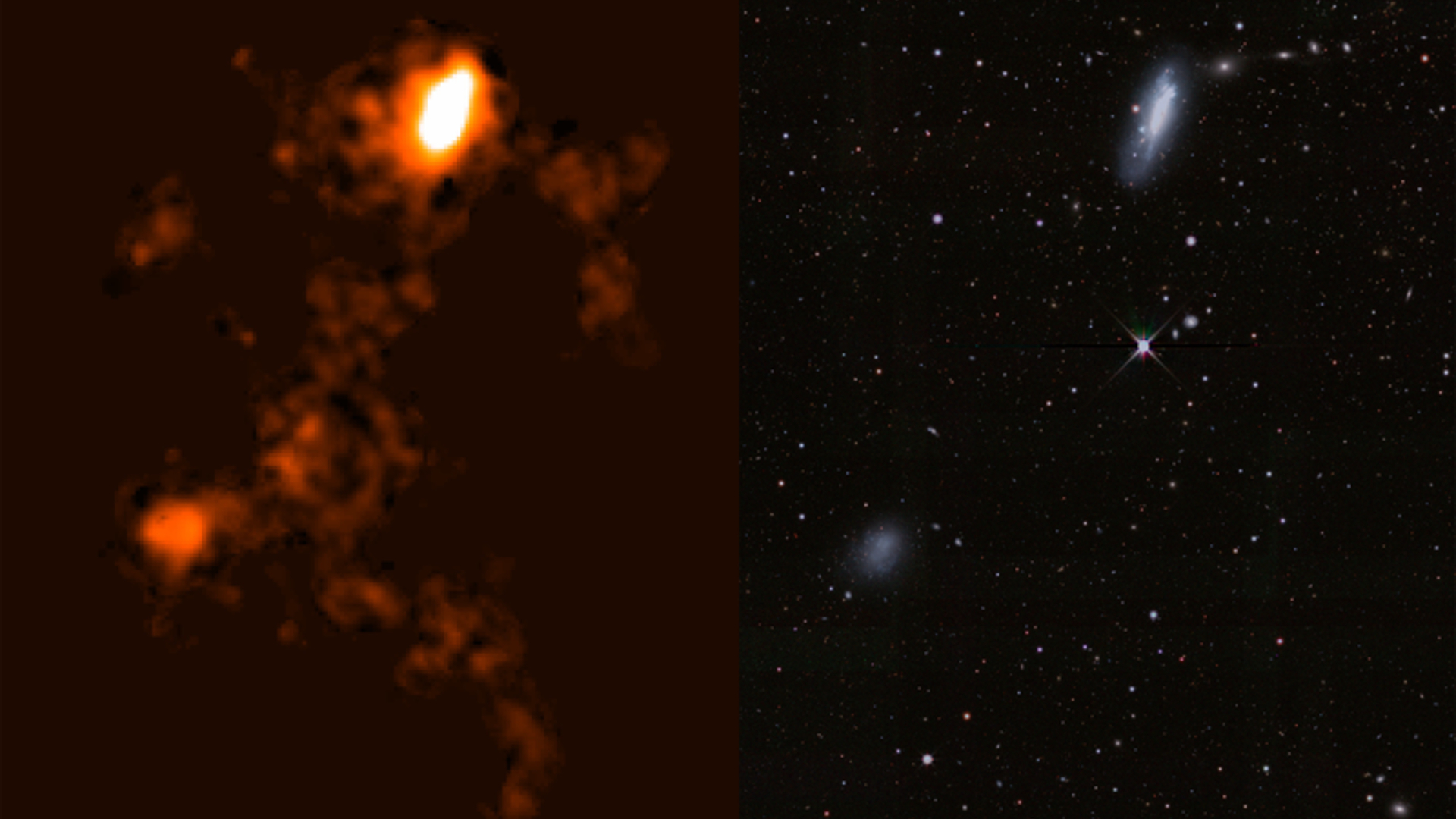
These 2 galaxies are falling into the Virgo Cluster at a staggering rate of 547 miles per second
By Keith Cooper published
Two galaxies connected by a bridge of hydrogen gas are falling into the Virgo Cluster.
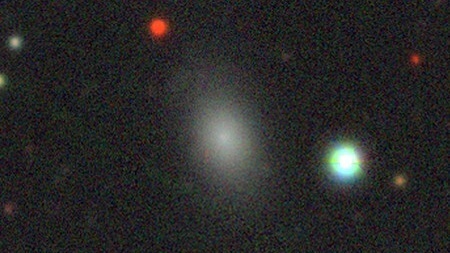
Astronomers discover rare 'runaway' dwarf galaxy hiding a violent past
By Sharmila Kuthunur published
The discovery of a rare runaway galaxy suggests some isolated systems were shaped by past group interactions before being flung into solitude.
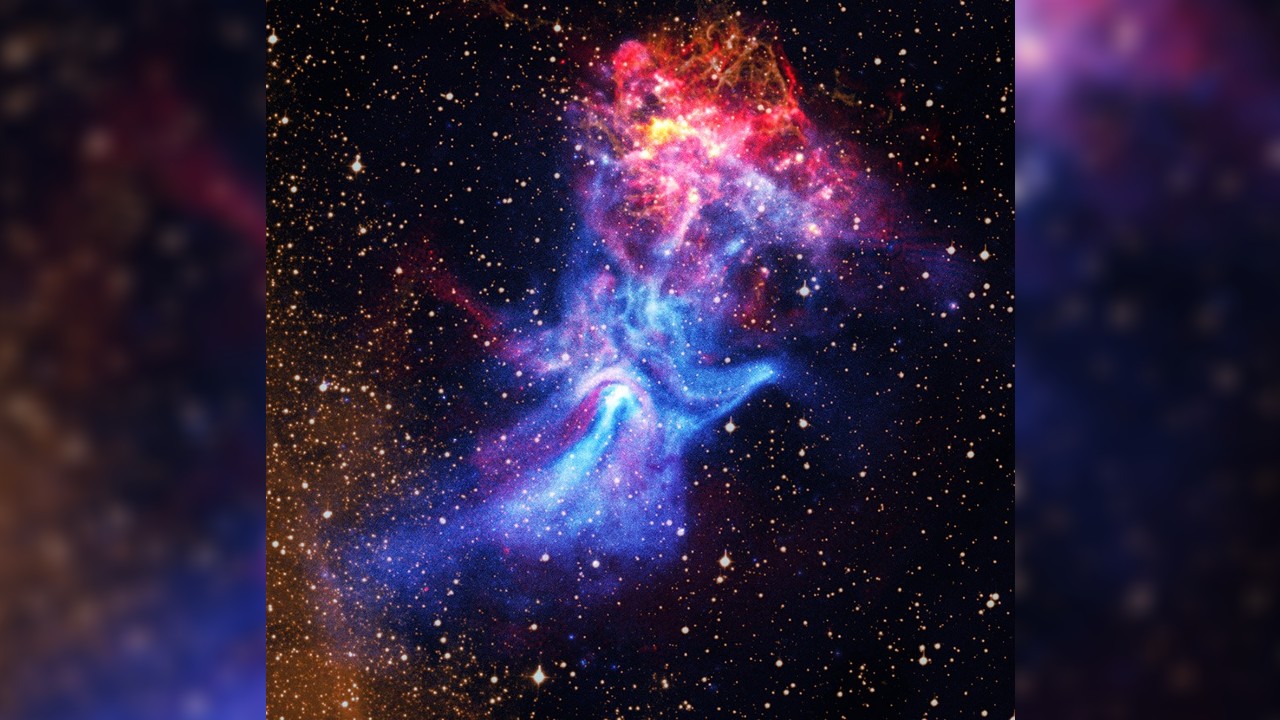
Supernova blast sculpts ghostly hand-shaped nebula in the cosmos (video)
By Samantha Mathewson published
An image from NASA's Chandra X-ray observatory shows a glowing hand stretching across the cosmos with its palm and fingers sculpted from the wreckage of a massive stellar explosion.
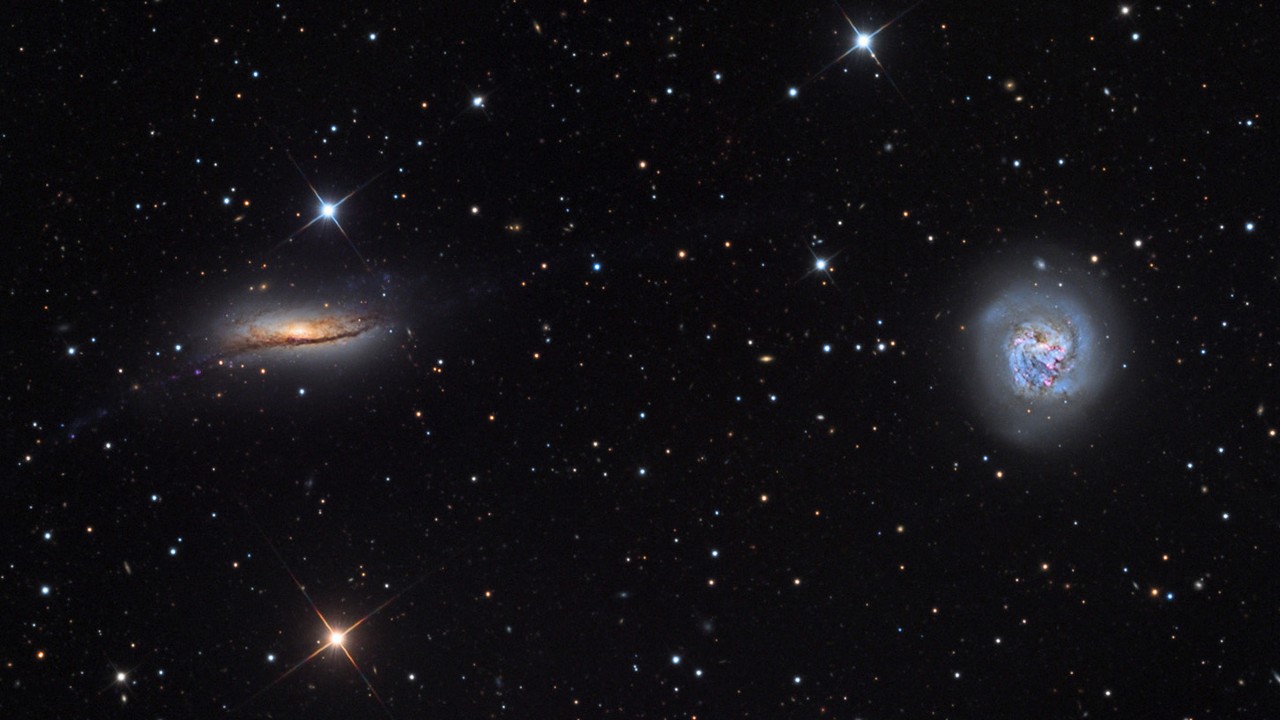
Pair of colliding galaxies may hint at the fate of the Milky Way and its closest galactic neighbor
By Keith Cooper published
The impending merger of the two galaxies hints at what might be in store for the Milky Way and the Andromeda galaxy if and when they collide.
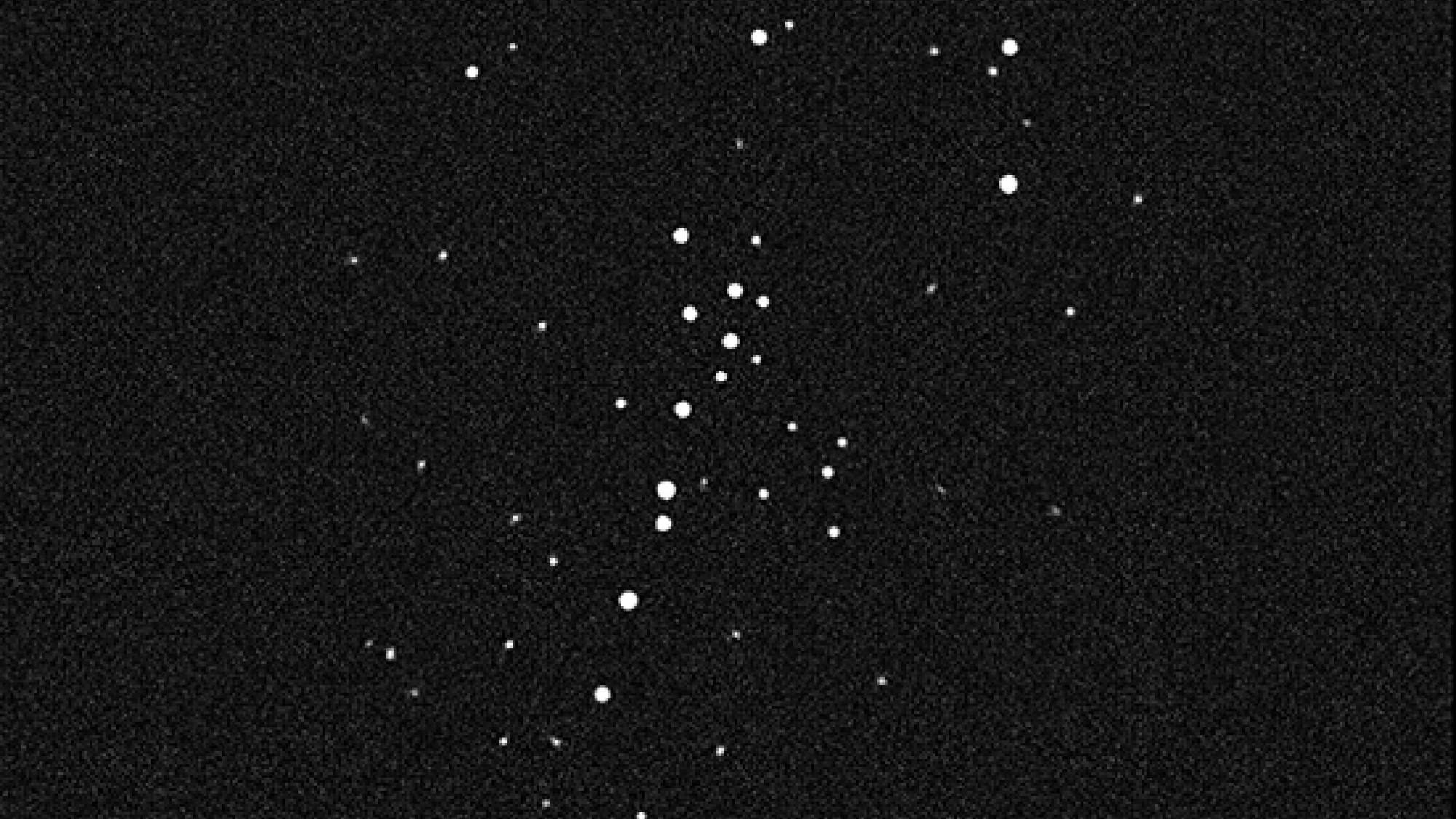
The Milky Way's faintest satellite may not be what astronomers thought. 'These results solve a major mystery in astrophysics'
By Samantha Mathewson published
A distant galaxy nicknamed "Cosmic Grapes" is bursting with massive star-forming clumps — far more than expected — offering fresh clues about how galaxies grew in the early universe.

Discovery of 250 'mini galaxies' could help scientists pin down the nature of dark matter
By Victoria Corless published
Only a fraction of the size of the Milky Way, these galaxies have thus far been too faint for most telescopes to spot.
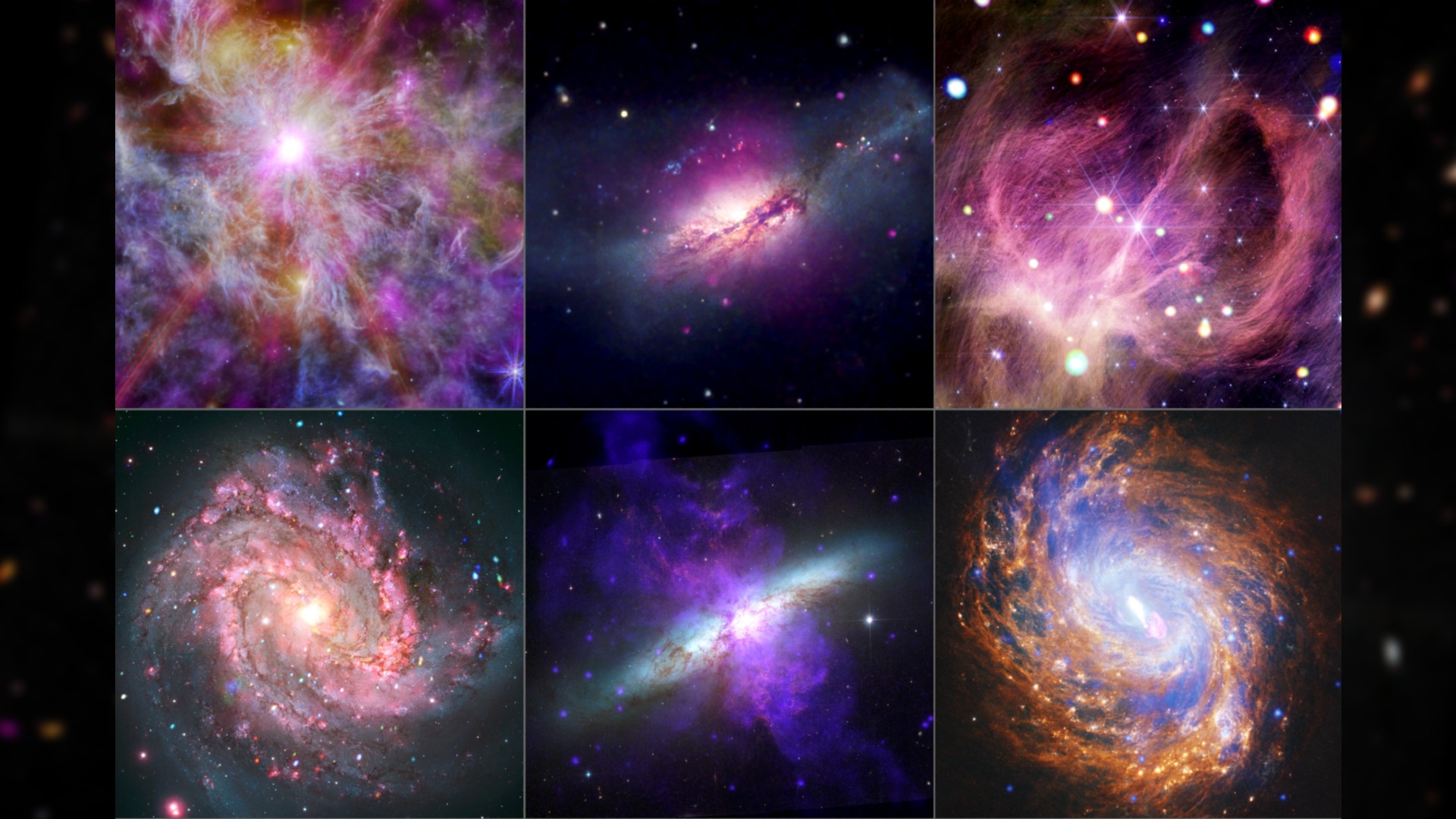
These gorgeous new images of the cosmos from NASA's Chandra X-ray telescope took our breath away (video)
By Samantha Mathewson published
NASA has unveiled a dazzling new collection of cosmic images from the Chandra X-ray Observatory, capturing spectacular stars and galaxies in unprecedented detail.
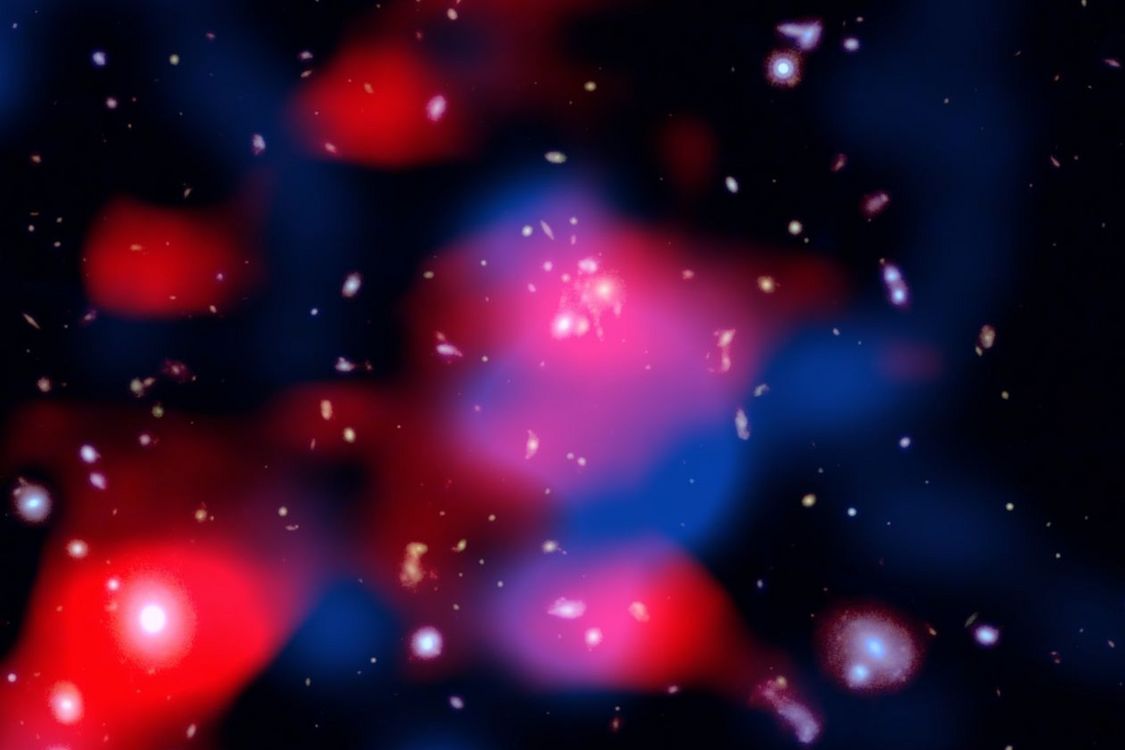
Astonishing 'halo' of high-energy particles around giant galaxy cluster is a glimpse into the early universe
By Robert Lea published
A distant cluster of galaxies is wrapped in a vast halo of high-energy particles that could be the work of supermassive black holes or a cosmic particle accelerator.
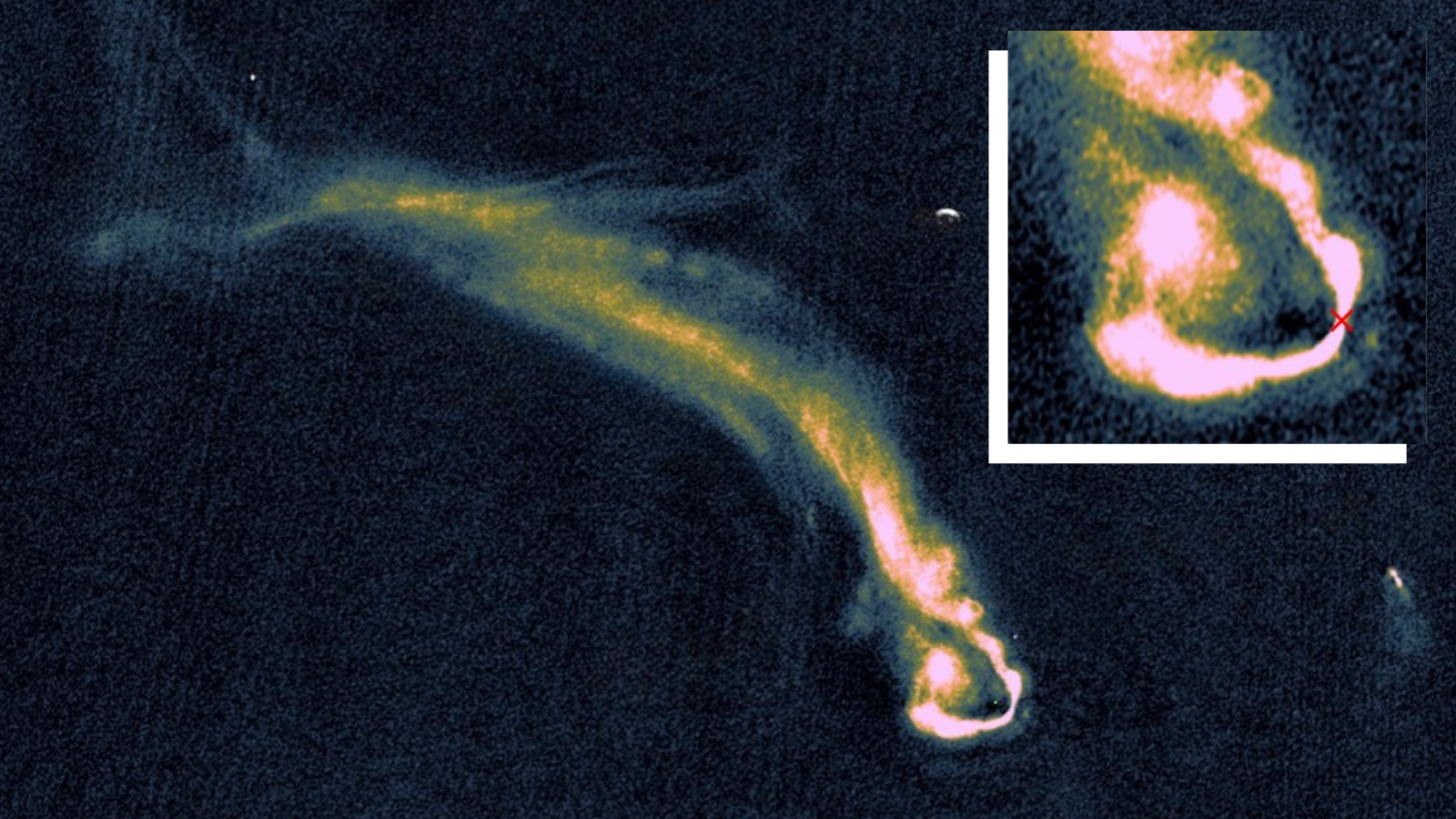
This galaxy cluster has mysterious cosmic tendrils over 200,000 light-years long (image)
By Robert Lea published
Astronomers have taken an unprecedentedly detailed look at the tendrils and filaments that wrap around supermassive black hole-dominated galaxies of Abell 2255.
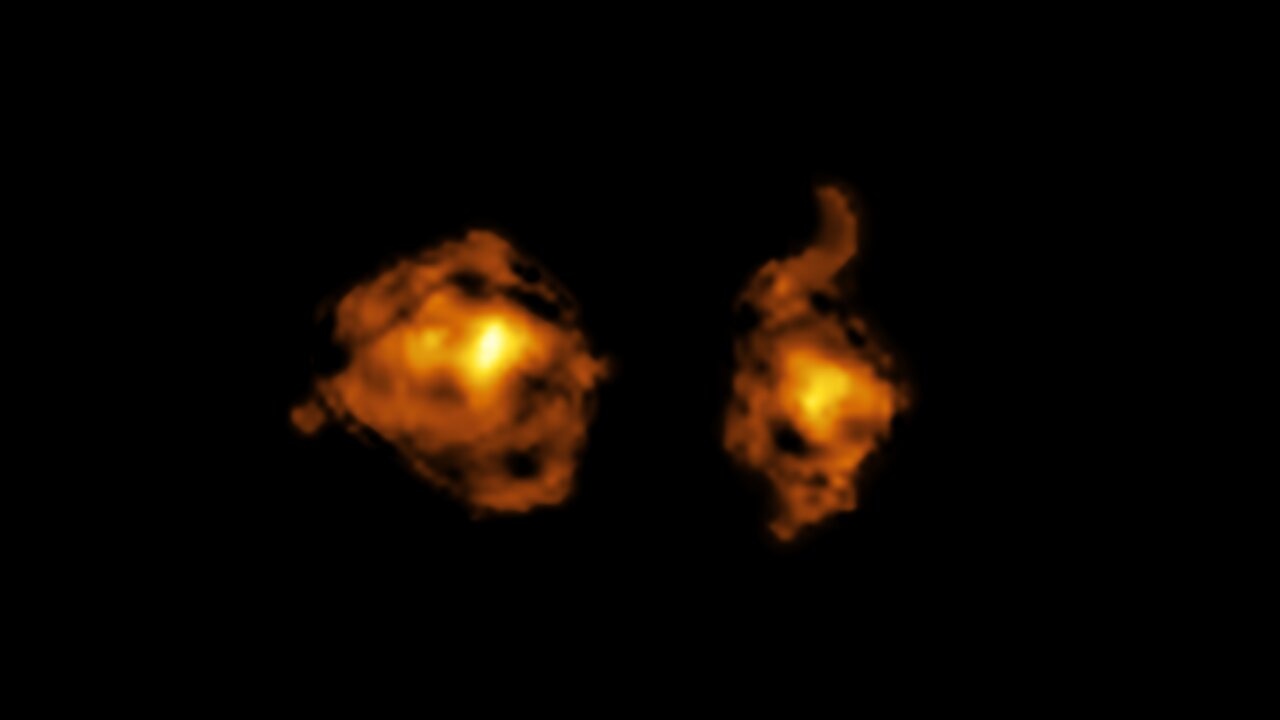
Scientists spot high-speed galaxy collision 11 billion light-years away: 'We hence call this system the cosmic joust'
By Sharmila Kuthunur published
A galactic collision 11 billion light-years away reveals how an actively feeding supermassive black hole disrupts star formation in a nearby galaxy.
Breaking space news, the latest updates on rocket launches, skywatching events and more!
